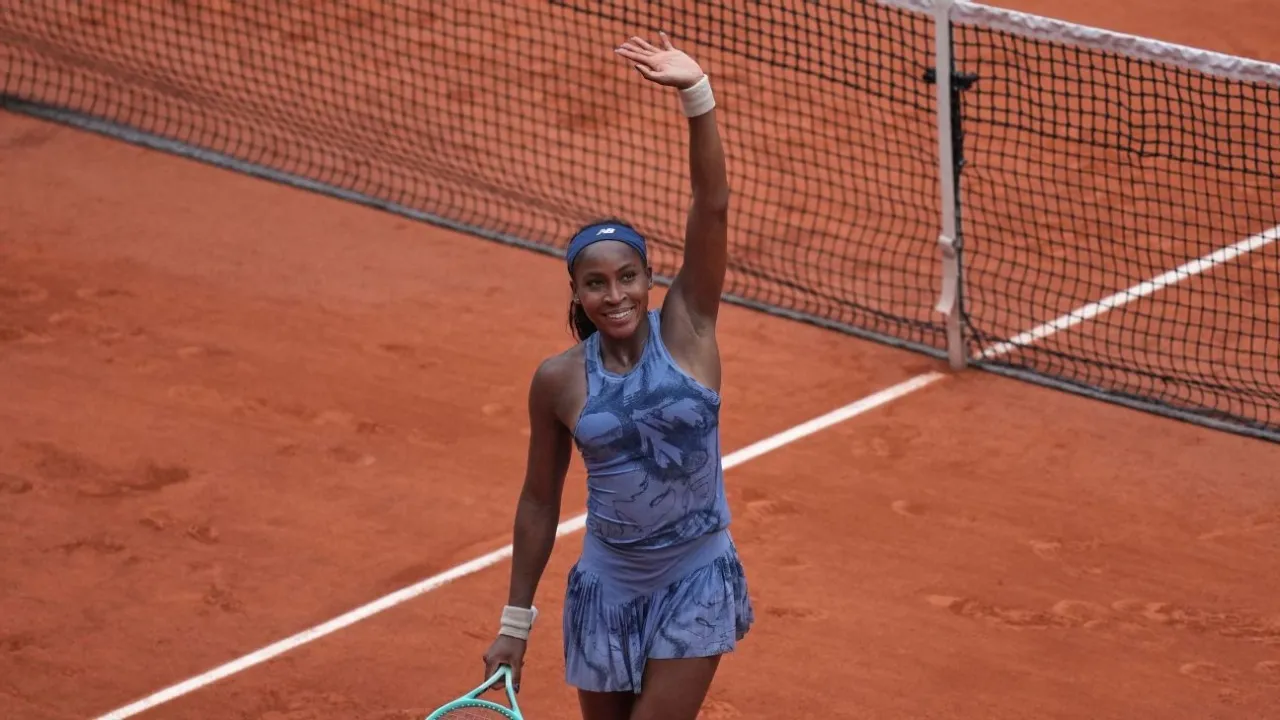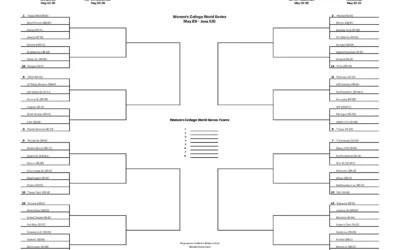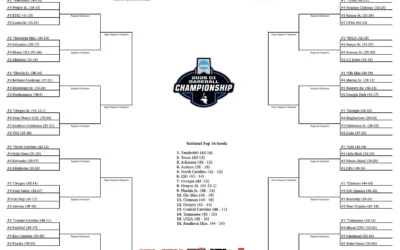The 2025 French Open has emerged as a significant turning point for U.S. men’s tennis. For the first time since 2003, an American man—Tommy Paul—has reached the quarterfinals of this prestigious Grand Slam tournament, highlighting a promising resurgence in American tennis.
Historically, the clay courts of Roland Garros have posed challenges for U.S. players, who often excel on faster surfaces such as grass and hard courts. However, this year’s tournament has seen a remarkable shift as a new generation of American men has stepped up to compete against the world’s best. With a mix of talent, resilience, and strategic adaptability, these athletes have found ways to conquer the formidable clay surface.
The Rise of Tommy Paul
At the center of this narrative is Tommy Paul, whose journey to success has been both challenging and inspiring. Growing up in the tennis-rich culture of the United States, Paul showed early promise on the junior circuit. However, like many young athletes, he faced obstacles and setbacks, including injuries and fierce competition.
Paul, who hails from New Jersey, has always been recognized for his powerful baseline game and agility on the court. Yet, it wasn’t until recently that he unlocked his full potential on clay, a surface notorious for its physical demands and tactical intricacies. His ability to grind out matches has been a game-changer, allowing him to adapt to the slower pace and longer rallies characteristic of clay play.
Quarterfinals Milestone
Reaching the quarterfinals of the French Open is no small feat. For Paul, it is both a personal triumph and a source of national pride. The last American man to achieve this milestone was none other than the legendary Andre Agassi, who accomplished it over two decades ago. Agassi’s presence looms large in the history of U.S. tennis, and Paul’s achievement resonates as a sign of continuity in American tennis excellence.
“It’s a dream come true to represent my country on this stage,” Paul expressed in a post-match interview after securing his spot in the quarterfinals. “I’ve watched so many legends play here, and to compete at this level is something I’ve worked hard for.”
Other Americans Making Waves
Paul is not alone in his quest for glory on clay. Another American player, Frances Tiafoe, has also made significant strides this tournament, showcasing the depth of talent among the U.S. contingent. Tiafoe’s charismatic personality and explosive playing style have garnered him a loyal fan base, and his performances on the court have been nothing short of spectacular.
Infusing energy into the tournament, Tiafoe won several grueling matches, demonstrating his ability to handle pressure and utilize the elements of clay court play. “Clay has always been a challenge for me, but I’ve learned to embrace it. It’s about patience and strategy,” he remarked. His determination has resonated among fans and young players alike, providing a fresh perspective on the potential of American men’s tennis.
A Supporting Cast
As the tournament progresses, a trio of other American players have also made their mark, including Sebastian Korda and Ben Shelton. Each of these athletes brings a unique playing style, enhancing the narrative of American resurgence at the French Open.
Korda, with his smooth, efficient strokes and strategic mind, has quickly risen through the ranks. Shelton, on the other hand, is known for his powerful serve and explosive athleticism, reminiscent of the greats from the previous generation. Their performances add to the growing optimism surrounding U.S. tennis, indicating that the nation is gradually restoring its footing in the sport.
The Clay Court Challenge
Success on a clay court requires a certain skill set that differs markedly from other surfaces. Players must exhibit exceptional stamina, footwork, and tactical awareness. The slower nature of clay can frustrate aggressive players accustomed to faster conditions.
American players have historically struggled to adapt their game to the nuances of clay. Traditionally, many excel on fast surfaces, which favor big serves and quick points. The strategic shifts necessary to succeed on clay have often been a barrier for American men, leading to fewer players advancing deep into clay events.
However, this year’s French Open has revealed a renewed focus on developing clay skills among emerging players. With targeted training regimens and focused coaching, young Americans are learning to thrive on the red dirt—making them formidable opponents on any surface.
The Role of Coaching and Development
The recent success of U.S. men’s tennis players at the French Open can be traced back to improved player development programs. National governing bodies, coaching camps, and tennis academies have prioritized cultivating talent that is well-rounded and versatile. American players are increasingly dedicating time to refining their skills on clay, which is pivotal for their growth on the professional circuit.
Coaching strategies have evolved, focusing on aspects such as footwork drills, conditioning, and shot placement. The emphasis on these components has paid off, resulting in promising outcomes this tournament. Additionally, established players are mentoring younger talent, fostering an environment of growth and camaraderie.
A Promising Future
The success of Tommy Paul and others at the 2025 French Open signals not just a momentary achievement but the potential for a new era in American tennis. Their performances have reignited interest in the sport within the U.S., capturing the imagination of future generations of players.
As the tournament continues, the excitement builds around what these young players can achieve, reshaping the landscape of men’s tennis in America. The 2025 French Open has marked a significant chapter in the storied history of U.S. tennis, and it’s impossible to overlook the bright future that lies ahead.
A Call for Unity and Support
The successes of these athletes also call for greater support for tennis programs across the country. Local clubs, schools, and national organizations are encouraged to nurture young talent and provide resources that promote the development of future stars. Building a robust community around tennis will ensure that the legacy of American players continues to thrive.
As fans come together to support these players during the tournament, it is evident that the spirit of American tennis is alive and well. The collective pride surrounding the performances of Tommy Paul, Frances Tiafoe, and the new wave of players serves as a reminder of the inherent passion within the sport. With the right guidance and determination, the next generation of U.S. tennis players is fully capable of etching their names into history.
In conclusion, the 2025 French Open has showcased the emergence of American talent on clay, leading to a resurgence in U.S. men’s tennis. With Tommy Paul’s historic quarterfinal achievement as the cornerstone of this narrative, combined with the dynamic styles and promise demonstrated by his compatriots, the future of American tennis looks brighter than ever.
As we approach the later rounds of the tournament, fans and pundits alike are left eager to see how far these players can go, hopeful for what is yet to come.







